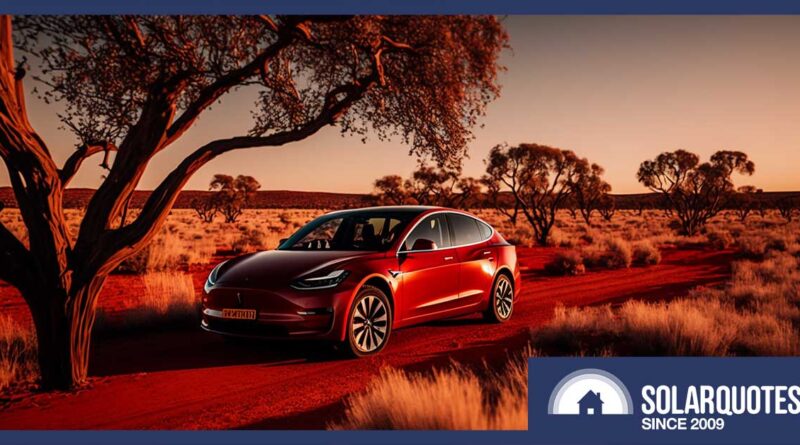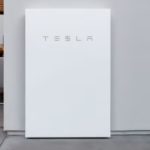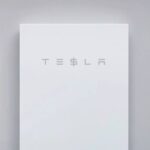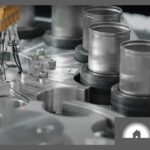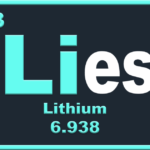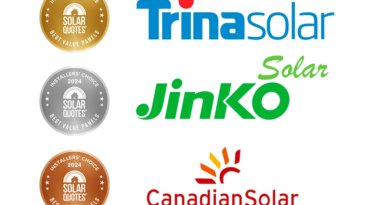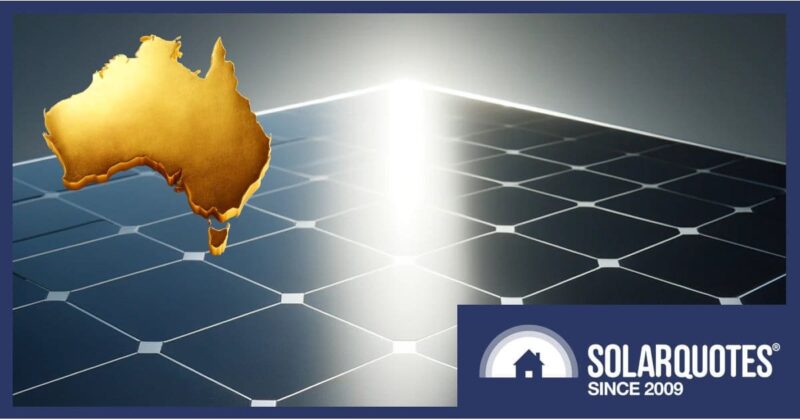Australians Pay $4,750 Less Than Americans For Tesla Model 3 RWD
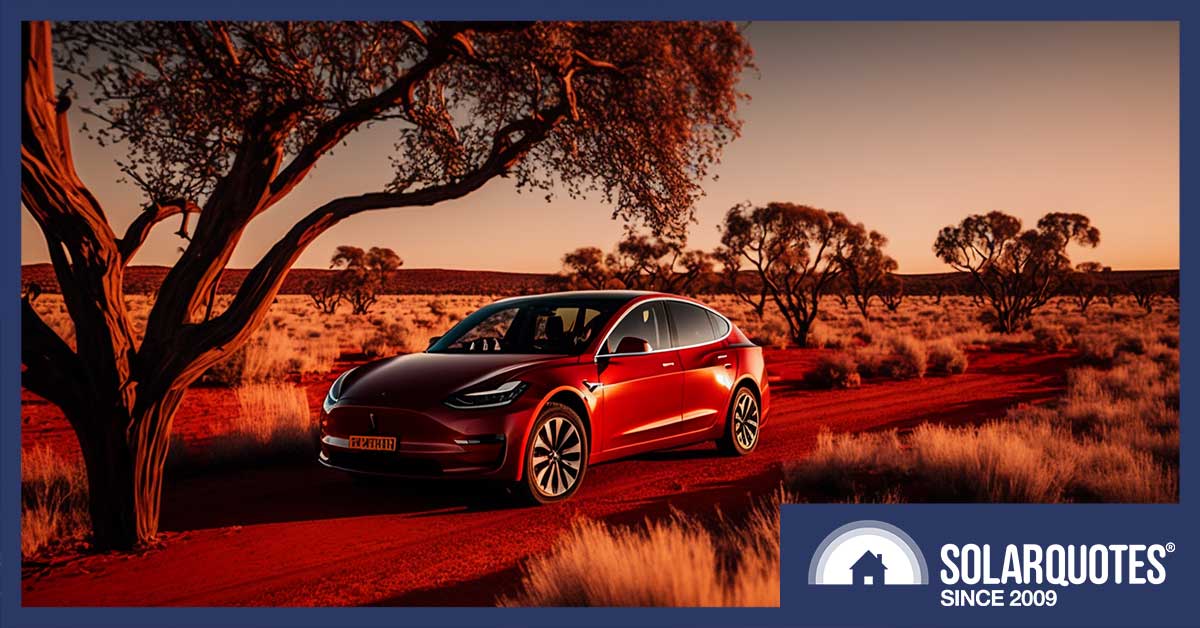
Image Credit: MidJourney/Finn
In good news for Americans: Tesla cut electric car prices yesterday. The reductions and current prices in US and Australian dollars without GST are:
- Model Y Long Range cut 5.6% to $49,990US or $74,610 Dollarydoos
- Model Y Performance cut 5.2% to $53,990US or $80,580 Bonza Bucks
- Model 3 Rear Wheel Drive cut 4.7% to $39,990US or $59,690 Cobber Credits
I’m hoping we’ll see price cuts here in Australia, but this may be optimistic, as they were cut here at the start of this month and in January. A reduction in the Model 3 Rear Wheel Drive price is particularly unlikely, as we’re already paying around $4,750 less than Americans.
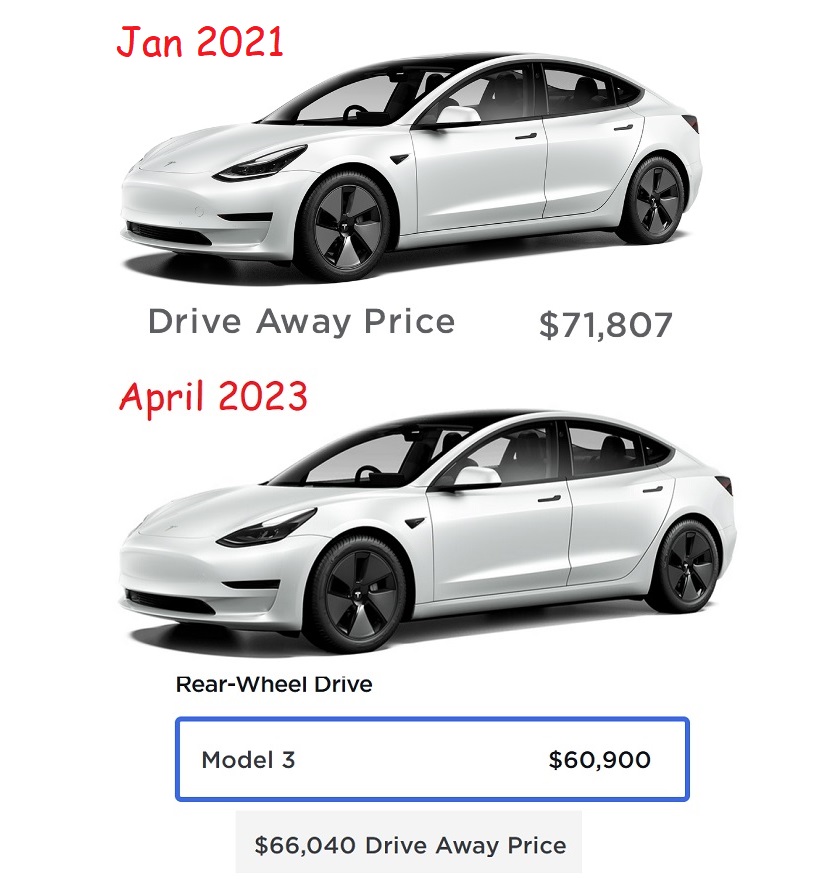
An 8% decrease in the Australian on-road cost over two and a quarter years isn’t bad, especially since inflation was 9% over this period. That’s a 16% decrease in real terms.
Why Price Cuts?
There are three reasons why Tesla’s cutting prices, and I’ll call them the good news, bad news, and real news.
Good News — Falling Commodity Prices
Lithium is vital for producing most Electric Vehicles‘ battery packs, and its price is now less than one-third of its peak price in November last year:
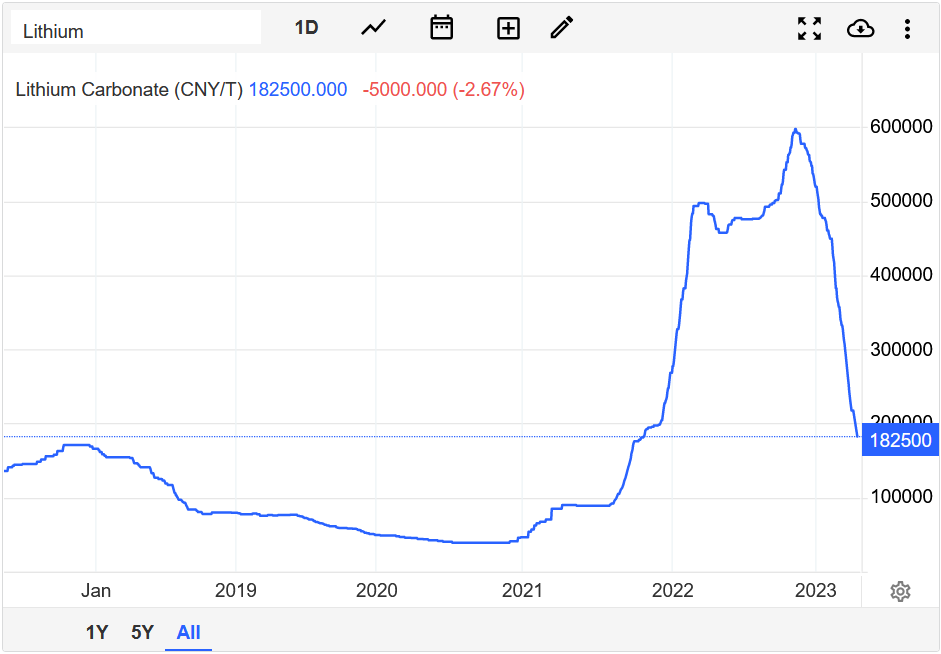
The figures on the right are US dollars. Note this is the price for lithium carbonate and not pure lithium metal. Lithium carbonate is 18.7% lithium by weight. That’s actually a lot because lithium is really light.
This may be why Tesla recently cut the cost of its Powerwall 2 home battery for the second time this year. Other commodities used in EV manufacture have also fallen. Steel and aluminium are down by a third from around a year ago. Copper is only down 17%, but that’s copper for you — in big demand. Every solar panel, wind turbine, and EV wants some.
Lower raw material prices reduce the cost of making EVs but have the unavoidable downside of reducing the amount of money received by suppliers. This includes Australian producers of lithium, steel, aluminium, and copper.
Bad News — Global Economic Slowdown
Falling commodity prices reduce the cost of making EVs, but they’re declining because the world economy is cooling off. We could have a mild slowdown or a full-blown recession. Either way, people are buying fewer vehicles, and car manufacturers are lowering prices in response.
Real News — Companies Like Money
Both commodities and global economics affect EV prices, but the real reason Tesla has dropped theirs is because they like money. Companies act to maximize the amount of money they make or, failing that, minimize how much they lose. All companies do this — or at least all the ones that don’t go bankrupt. It’s just the good ones will do it ethically.
Due to decreasing commodity prices, increasing competition from other EV manufacturers, and a worsening world economy, Tesla had no choice other than cut prices. If they didn’t, they’d end up with unsold stock. That would hurt their bottom line, and keeping that line unharmed is what companies are all about.
Tesla is helping save the planet by making EVs that enable us to transition away from oil. But if their goal was only to make as much money as possible, their actions would be indistinguishable from what they’re doing now. If you want to predict what Tesla will do, just work out what will make its billionaire edgelord CEO the most money, and you’ll probably be right.1
Current Aussie Prices
Here’s what Tesla’s Australian site said you’ll have to pay for their EVs at 8:00 am this morning. This is the base price without any extra bells or whistles or whistling bells. It does include GST and, in two cases, some luxury car tax. I’ve also included the on-road cost in our most populous state, NSW. The actual on-road amount will vary by state or territory:
- Model S: Price not given, but the site still wanted me to pay $350 to order one. I passed on this.
- Model Y Rear Wheel Drive $68,900 ($74,360 NSW on-road)
- Model Y Long Range $81,900 ($87,880 NSW on-road)
- Model Y Performance $94,900 ($99,579 NSW on-road)
- Model 3 Rear Wheel Drive $60,900 ($63,801 NSW on-road)
- Model 3 Long Range $73,900 ($76,801 NSW on-road)
- Model 3 Performance $86,900 ($94,531 NSW on-road)
Fringe Benefits Tax Exemption
Before buying an EV, you should consider using the Fringe Benefits Tax Exemption to pay for it through salary sacrifice. This is a possibility if you’re employed or own your own business. This reduces your taxable income and effectively reduces the cost of buying a new EV. If you’re in the 32.5% tax bracket, you may pay around 32.5% less. It can only be done for new EVs that cost less than the luxury car tax threshold. At the moment, this is $84,916 for EVs, and it may increase in the future. The four Tesla EVs currently under this limit are…
- Model Y Rear Wheel Drive
- Model Y Long Range
- Model 3 Rear Wheel Drive
- Model 3 Long Range
Note that buying extra options for these vehicles can push them above the threshold. The details of the Fringe Benefits Tax Exemption are way too complex for me to go into now — especially since I don’t understand them — but I recommend looking into it if it may be an option.
US/Oz Price Differences
If I remove GST from the Australian prices — and in one case luxury car tax — and compare them to the now reduced prices of the four identically named models available in the US, then it reveals the following variation in prices between countries:
- Model Y Long Range: More or less the same price
- Model Y Performance: $2,900 more expensive in Australia
- Model 3 Rear Wheel Drive: $4,750 cheaper in Australia
- Model 3 Performance: More or less the same price
This means Australians are already paying considerably less for a Model 3 Rear Wheel Drive than Americans. Thanks, Elon, that’s appreciated! Unfortunately, it does mean we’re less likely to see a further fall in its price. But it looks like there is room for the Model Y Performance to come down, as it costs nearly $3,000 more here.
If the Australian dollar grows stronger, it will increase the odds of further EV price cuts. Unfortunately, it could grow weaker and push up prices. Which way the dollar will go, I don’t know, but weaker commodity prices mean a fall is on the cards.
Real Prices Are Falling
Lately, inflation has been well above average for this century. In Australia, it has been around 6.6% over the past year. Because Tesla is lowering prices while there is still moderate inflation it means the price fall in real terms has been even greater. While many people’s income hasn’t kept pace with inflation, it doesn’t mean Tesla car prices haven’t decreased in real terms. It instead, unfortunately, means these people have grown poorer.
EVs Are Getting Cheaper
EVs are falling in price. Recently Volvo said they’d release one in 2025 for $27,000 US. Immediately after that, Elon Musk said Tesla would sell an EV in 2025 for $25,000 US. This car would cost around $41,000 in Australia at the current exchange rate and with GST. Unfortunately, even if Elon isn’t telling a pork pie, it may not be available in Australia until after 2025.
I advise getting an EV if you’re in the market for a new car and have plenty of money. They’re better than similar-priced conventional cars. If you want a new car but don’t have plenty of money, try to hold out for a while. Whatever you do, don’t buy a brand-new petrol or diesel burner. They will rapidly depreciate in value as EVs continue to fall in price and improve in quality.
While the recent Tesla price falls have tempted me to buy an EV, they are still a little — or maybe a lot — out of my price range. I’m going to hold off and ride a bicycle for a while. It’s either that or losing enough weight so I can ride my horse again.
Footnotes
- On the other hand, I have to admit Elon’s Twitter purchase is a pretty solid argument against this. ↩
Original Source: https://www.solarquotes.com.au/blog/model3-australia-cheaper-than-usa/

